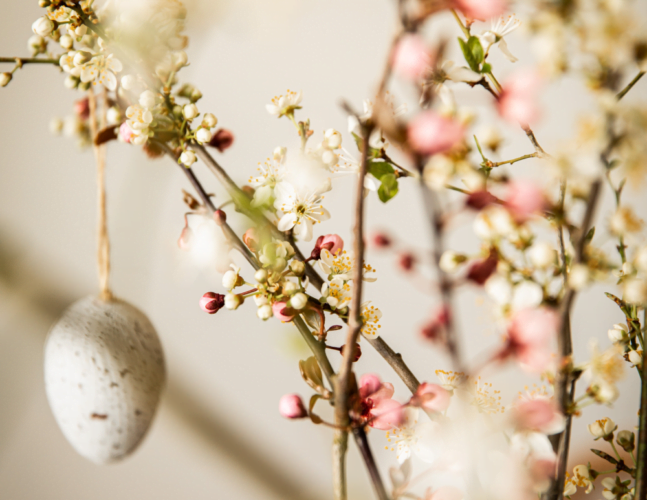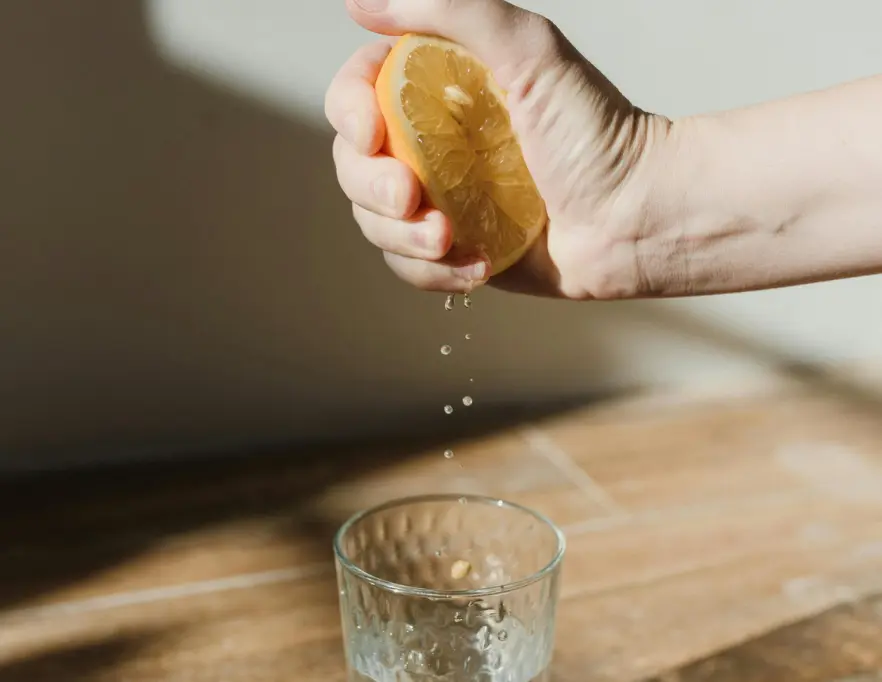Talent, creativity, and meticulousness are just a few of the skills required to pursue the ancient art of decorating eggs – the centrepiece of the Easter table. The technique, as well as the symbolism of the colours and traditional patterns are taught and passed on from generation to generation. The painted eggs – a result of hours of work – elicit admiration, and bring joy and beauty to Easter celebrations.
The Egg Museum in Vama, Bukovina (Romania) – a historic region where traditions are cherished and respected – holds one of the most important egg collections in the world. The museum brings together more than 7,000 eggs, almost half of which come from 82 countries on all continents.
Some of the eggs are even 50-100 years old. But not all the eggs come from common domestic birds, like hens or ducks. The collection also holds rare emu, flamingo, gecko, and even crocodile eggs!
Porcelain, ceramic, stone, and especially wooden eggs are also popular.
Petronela Iasinovschi is one of the artists who works for the museum and who found the patience and motivation to continue this tradition and to elevate it to an art. She agreed to share with us some of the secrets of this craft.
Pura Fons: Your work is impressive and authentic – this surely requires a lot of experience. How did you learn to decorate eggs?
Petronela: ”I started when I was young – it’s a skill you pick up from relatives, cousins, neighbours… this is how you learn it.”

Pura Fons: What colours do you use to decorate eggs?
Petronela: ”I use oil based paints which are added to the wax – red, brown, black, green… I use different colours. I also use natural colours like onion or red beet.”
Pura Fons: What can you tell us about the symbolism of the patterns?
Petronela: “I use the old, traditional patterns from Bukovina, like ‘the shepherd’s crook’, ‘the rooster’s comb’, ‘the plough’, ‘the clover’, and ‘the sun’.”
Pura Fons: Decorated eggs are certainly in high demand in Romania around Easter. Do you also have requests from abroad?
Petronela: “Yes, at the moment I am working on an ostrich egg that was ordered by someone in Germany. I actually get requests for eggs all year long, not only at Easter.”

Pura Fons: So, I understand you use the eggs of different birds?
Petronela: “Yes, I use duck, geese, and ostrich eggs. Wooden eggs are also very popular.”
Pura Fons: Which one do you find the most challenging to work on?
Petronela: “It doesn’t really make any difference to me – because I enjoy what I do!”
Pura Fons: What kind of skills do you need if you want to learn about the art of decorating eggs?
Petronela: “Talent and patience! You need to be very patient!”

Traditionally, the eggs are painted with a special funnel pen and each colour is layered with wax which is melted and wiped off at the end, to reveal the beautiful pattern. Considering the effort and work put in, these eggs are first hollowed in order to be preserved for years.
You can nevertheless test your talent and decorate the boiled eggs you serve at Easter!
Make your own dye by boiling natural ingredients in a couple of cups of water:
– onion skins and red beet for red
– curcuma for yellow
– crushed spinach and spirulina for green
– blueberries for purple
– red cabbage for blue

Place a parsley or clover leaf on a white hard-boiled egg, wrap it tightly in a cheese cloth, and sink it in the dye. Let it sit for a couple of hours or overnight. When the egg is coloured, unwrap it and let it dry. You can make it shiny with a little oil.
Be patient, use your imagination, and have fun!





